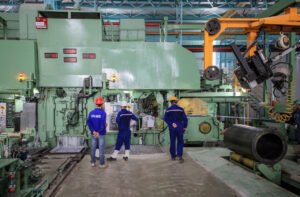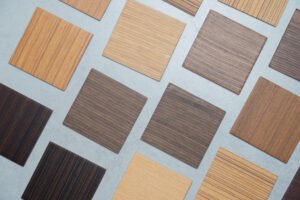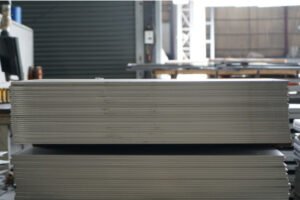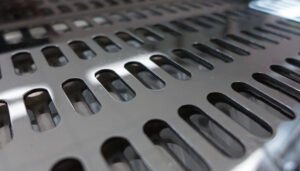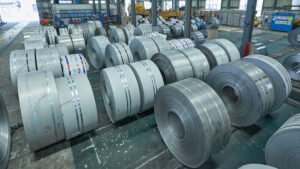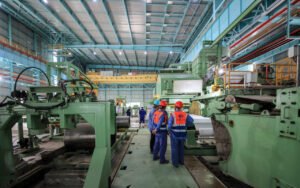Why 316L is the Top Choice for Marine Engineering Projects
Marine projects demand materials that can survive the harshest conditions. Choosing the wrong one leads to catastrophic failures and costs. 316L stainless steel[^1] offers unmatched reliability and long-term value.
316L stainless steel is the top choice for marine engineering because its specific chemical composition, including added molybdenum and low carbon content, provides superior resistance to chloride-induced corrosion, pitting, and crevice corrosion, which are rampant in high-salinity seawater environments, ensuring project longevity and safety.
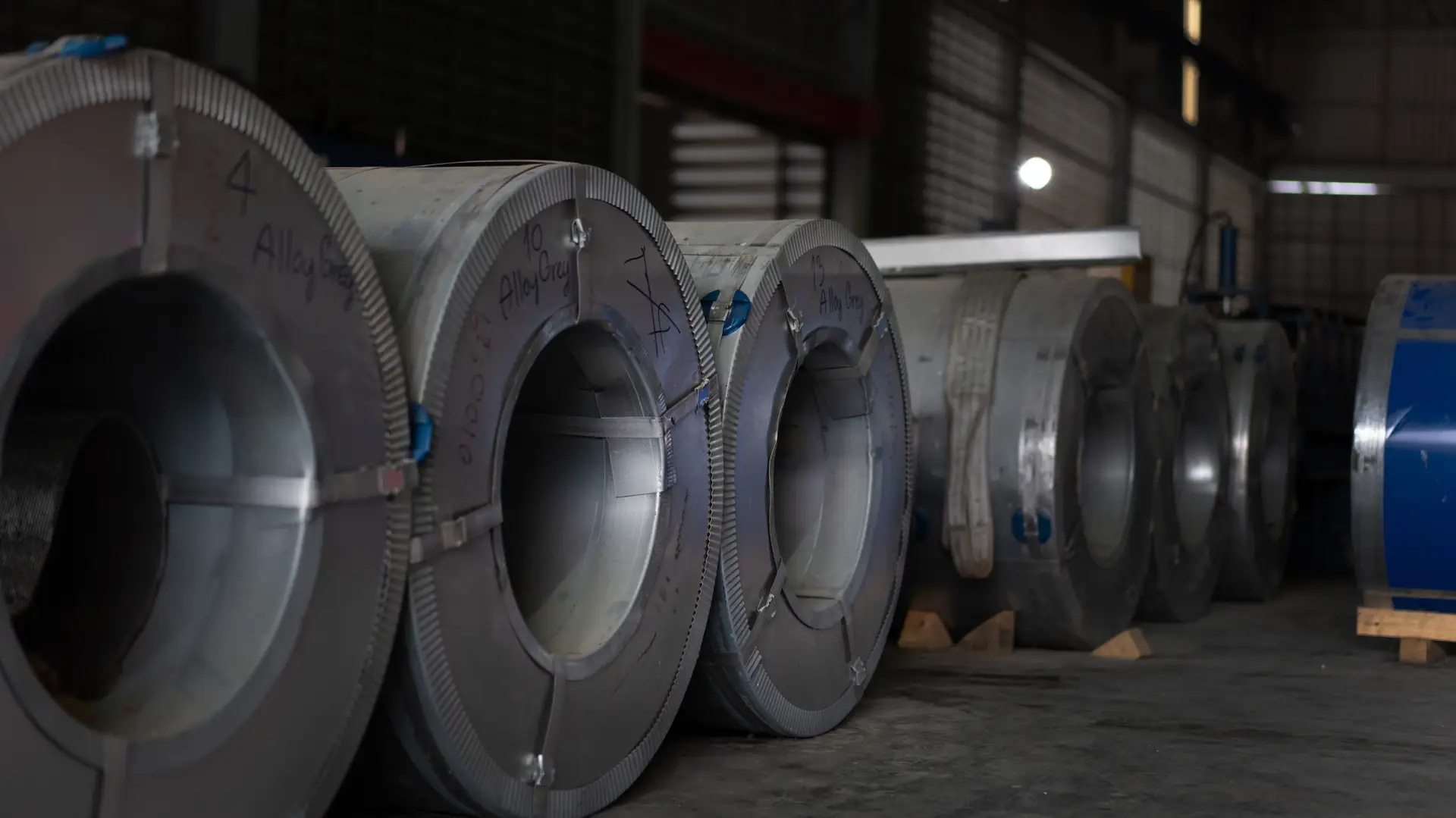
As the Global Business Director at MFY, I've seen countless projects succeed or fail based on material selection. The marine environment is unforgiving, a constant battle against salt, moisture, and immense physical forces. It’s no place for compromise. That’s why, time and again, industry leaders turn to 316L stainless steel. It’s not just a material; it’s a strategic decision that underpins the reliability and economic viability of a project for decades. Let's explore exactly why this grade has become the gold standard for engineers and contractors working on the water.
What makes 316L stainless steel so ideal for marine engineering projects?
Choosing the right material for marine use is complex. A poor choice compromises not just the budget, but also safety and structural integrity. 316L's unique composition provides the perfect solution.
The ideal nature of 316L stainless steel stems from its enhanced chemical makeup. The addition of molybdenum significantly boosts its resistance to chlorides found in seawater, while its low carbon content ('L') prevents corrosion after welding, making it both durable and easy to fabricate.
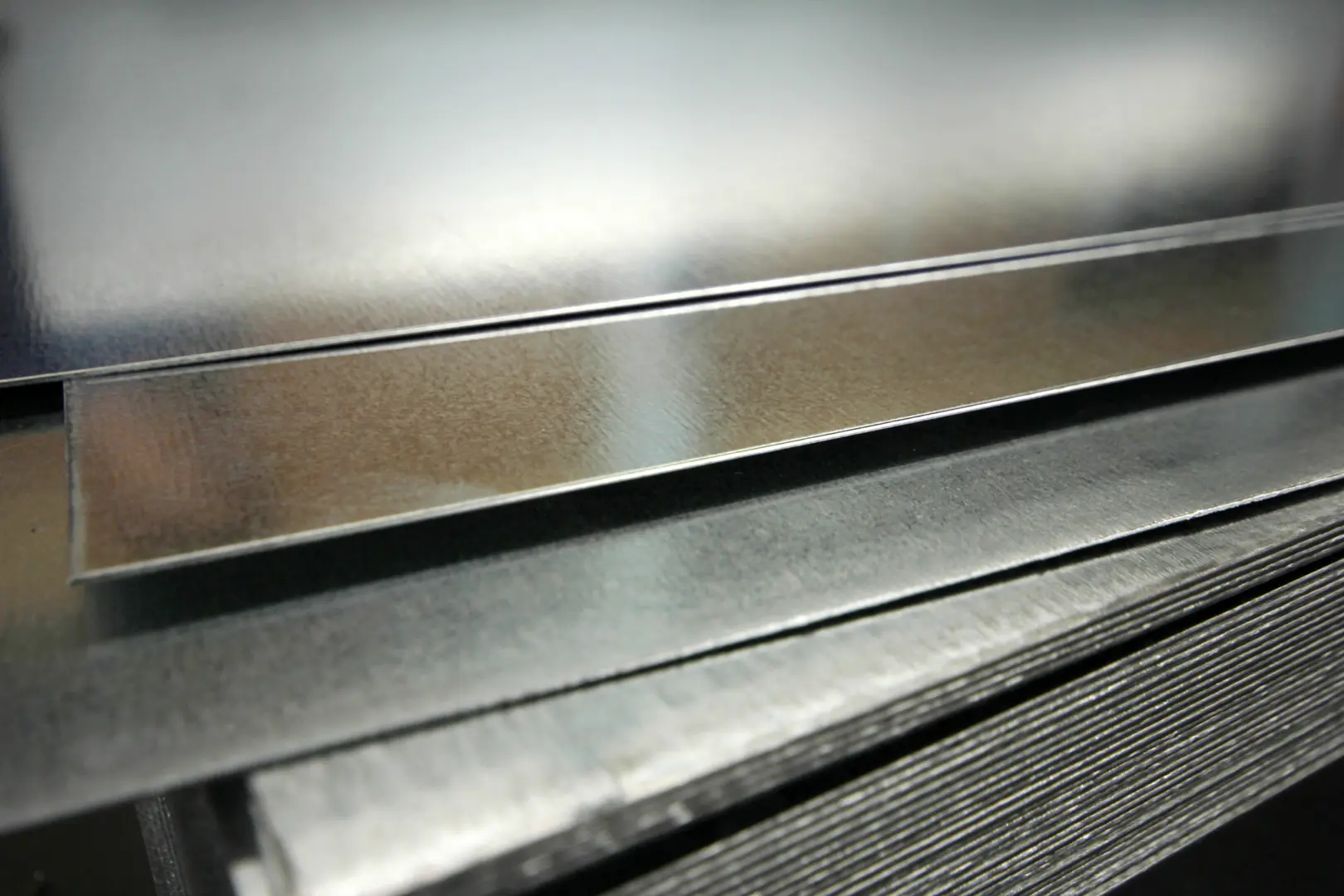
Let's dive deeper into what sets 316L apart at a molecular level. It’s not just stainless steel; it’s an alloy engineered for survival. The secret lies in a few key elements that work in synergy to create a formidable barrier against the ocean's corrosive power. At MFY, we emphasize understanding the "why" behind a material's performance, as it empowers our clients to make the most informed decisions.
The Power of Molybdenum
The single most important differentiator for 316-grade steels in marine applications is molybdenum. Typically present at 2-3%, this element is a game-changer. Chloride ions, which are abundant in seawater, are notoriously aggressive and are the primary cause of pitting corrosion[^2] in standard stainless steels like 304. Molybdenum fundamentally enhances the stability of the steel's passive protective layer, making it far more robust and capable of resisting these chloride attacks. This is why 316L doesn't just survive in saltwater; it thrives, providing a long service life with minimal maintenance costs.
The 'L' Stands for Low Carbon
The "L" in 316L designates its low carbon content (typically below 0.03%). This might seem like a small detail, but it's critical for fabrication. During welding, higher carbon steels can suffer from "sensitization," where chromium carbides form at the grain boundaries. This depletes chromium from the surrounding area, making the weld joint highly susceptible to intergranular corrosion. The low carbon content of 316L mitigates this risk, ensuring that welded joints remain as corrosion-resistant as the parent metal. This is essential for building large, complex structures like offshore platforms or subsea pipelines, where welding is extensive.
| Feature | Grade 304 | Grade 316L | Marine Advantage |
|---|---|---|---|
| Molybdenum | None | 2-3% | Superior chloride corrosion resistance |
| Carbon Content | ~0.08% | <0.03% | Prevents weld sensitization |
| Common Use | General Purpose | Marine, Chemical | Ideal for harsh environments |
How does 316L's corrosion resistance specifically benefit marine applications?
Seawater is a relentlessly corrosive agent. Standard metals can degrade with alarming speed, leading to leaks, structural weakness, and costly repairs. 316L's passive layer[^3] actively resists this assault.
316L's corrosion resistance directly benefits marine applications by preventing pitting and crevice corrosion. This ensures the integrity of pipes, structural components, and fasteners, even when fully submerged or in splash zones, ultimately reducing lifecycle costs and enhancing project reliability.

Understanding the types of corrosion that plague marine projects is key to appreciating 316L's value. It’s one thing to say a material is "corrosion-resistant," but it’s another to see how it performs against specific, insidious forms of decay that can bring a project to its knees. I recall a client in Southeast Asia building a new desalination plant. They initially considered a lower-grade material for their intake pipes to save on upfront costs. We demonstrated how the high-chloride environment would cause rapid pitting and crevice corrosion at the joints, leading to a shutdown within a few years. By switching to 316L, they invested in reliability, saving them millions in potential downtime and replacement costs.
Combating Pitting Corrosion
Pitting is a localized form of corrosion that creates small holes, or "pits," in the metal. In a marine environment, chloride ions attack weak points in the steel's passive layer, burrowing into the material. This can be particularly dangerous because a small surface pit can lead to significant structural damage beneath. The molybdenum in 316L helps to quickly "re-passivate" or heal these weak spots before a pit can form, maintaining a uniform and protective surface. This is critical for everything from ship hulls to the legs of an offshore wind turbine.
Preventing Crevice Corrosion
Crevice corrosion is another localized threat that occurs in tight, shielded spaces where oxygen is restricted. Think about the areas under bolt heads, gaskets, or overlapping metal plates. In these crevices, stagnant seawater can become highly concentrated with chlorides and more acidic, accelerating corrosion dramatically. 316L's robust composition makes it far less susceptible to this type of attack than other grades, ensuring the integrity of critical connections and joints that hold structures together. This reliability is non-negotiable for subsea pipelines and offshore platforms where inspection and repair are incredibly difficult and expensive.
What key challenges in marine environments does 316L help overcome?
The ocean presents a multi-faceted assault on materials. It's not just salt; it's a combination of salinity, constant moisture, and physical stress. This hostile mix causes rapid material failure. 316L is engineered to withstand this combined attack.
316L stainless steel overcomes the key marine challenges of high salinity, constant moisture, and significant mechanical stress. Its chemical resistance prevents corrosion from saltwater, while its excellent tensile strength and durability withstand the physical forces of waves and currents.
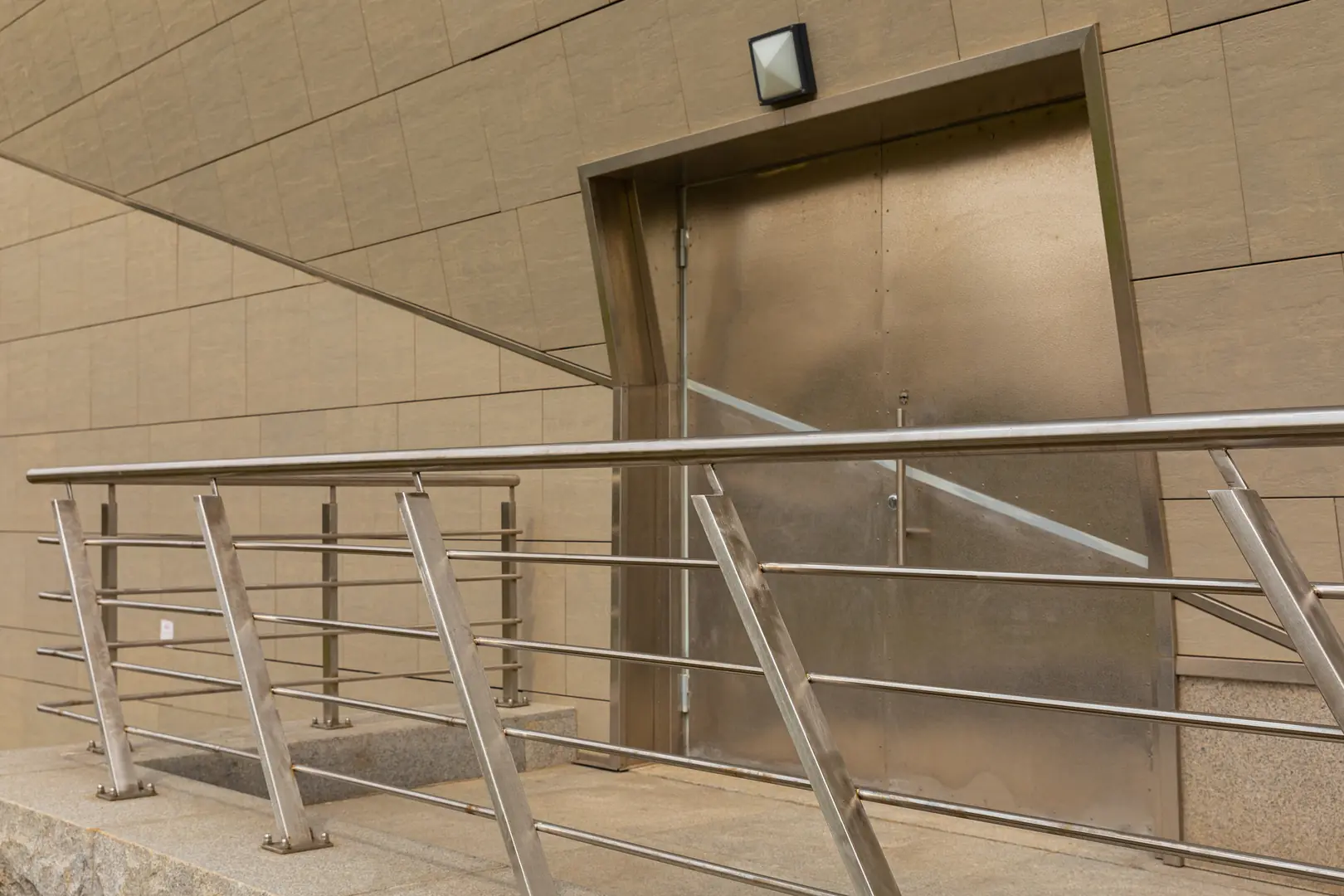
When we consult on marine projects at MFY, we don't just talk about the material; we talk about the environment. An engineer has to account for a wide range of operational challenges that go beyond simple immersion in water. The material must perform reliably under pressure, across temperature swings, and while bearing significant loads. 316L is not just a corrosion-resistant alloy; it's a robust engineering material designed for a complex, dynamic environment. Its balanced properties are what make it such a dependable choice for mission-critical applications where failure is not an option.
The Total Environmental Assault
The marine environment is more than just salty water. It's a combination of factors that work together to destroy lesser materials. 316L is specified because it offers a holistic solution to these interconnected problems.
| Marine Challenge | How 316L Provides the Solution |
|---|---|
| High Salinity (Chloride Attack) | Molybdenum content creates a robust passive layer that resists pitting and crevice corrosion. |
| Constant Moisture & Splash Zones | Excellent general corrosion resistance prevents surface rust and degradation from continuous wetness. |
| Mechanical Stress (Waves & Currents) | High tensile strength and ductility allow it to absorb physical forces without fracturing or deforming. |
| Temperature Fluctuations | Maintains its properties across a wide range of temperatures, from cold deep-sea water to warm surface conditions. |
Mechanical Strength and Durability
Beyond its chemical resistance, 316L possesses impressive mechanical properties. It has good tensile strength, toughness, and ductility, allowing it to be formed into complex shapes without losing its integrity. In a marine setting, this means it can handle the constant buffeting from waves, the vibration from machinery, and the structural loads of a large platform or vessel. This combination of corrosion resistance and mechanical strength is what allows it to reduce total lifecycle costs. You're not just buying a material that won't rust; you're investing in a component that won't fail under physical stress, ensuring the long-term reliability of the entire project.
How can marine engineers effectively utilize 316L in their projects?
Specifying the right material for the right application is crucial. Misapplication wastes money on over-engineering or, worse, invites failure by under-engineering. Understanding where to use 316L maximizes its value.
Marine engineers can effectively utilize 316L for critical applications such as structural components on offshore platforms, seawater piping systems, heat exchangers, high-strength fasteners, and equipment housings that are submerged or exposed to salt spray.
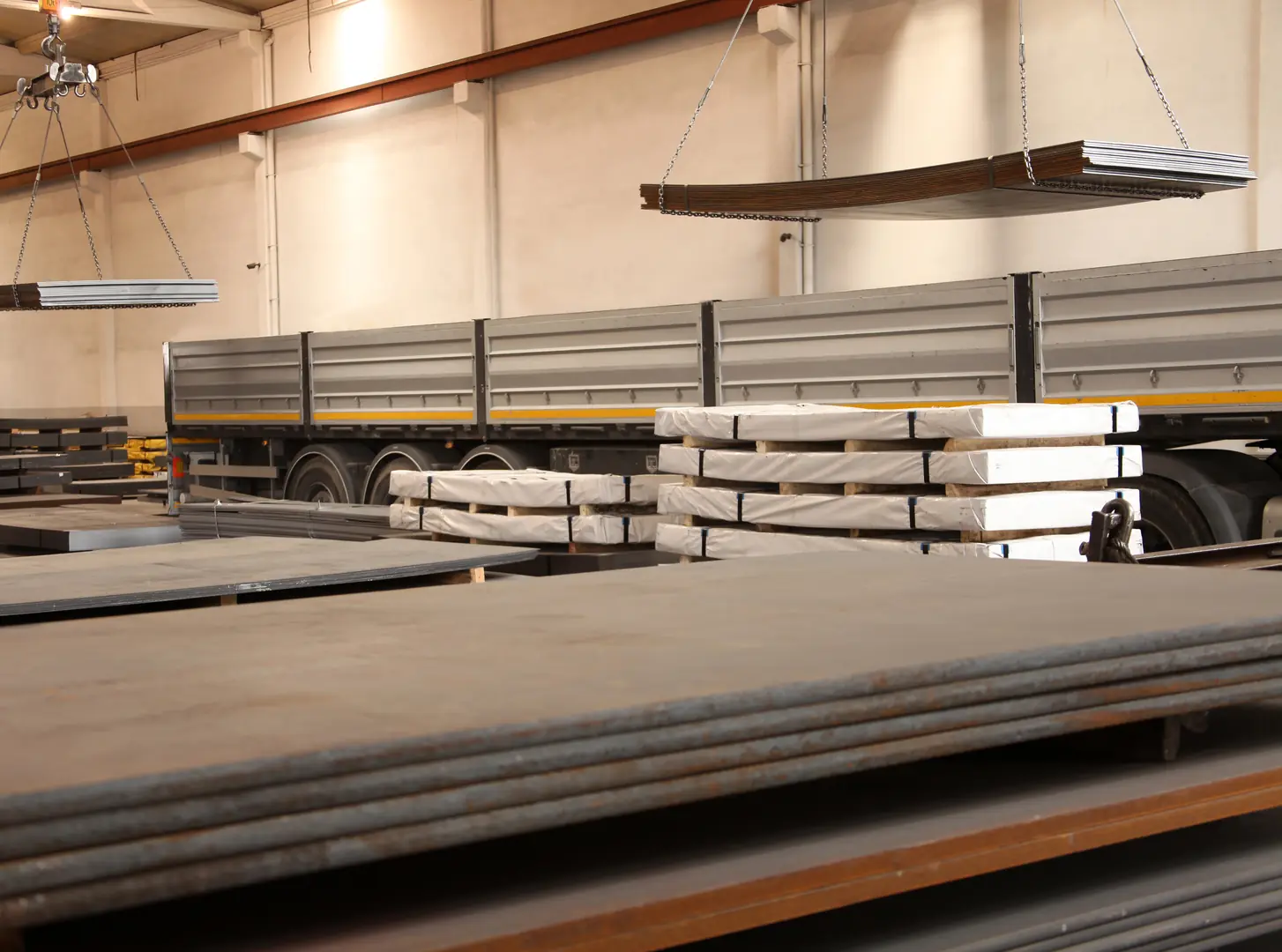
As the demand for marine development grows—from offshore wind farms to advanced aquaculture—the intelligent application of materials becomes even more critical. At MFY, our role often extends beyond simply supplying steel; we act as partners, helping engineers and contractors pinpoint the exact applications where 316L will deliver the highest return on investment. It's about using the right tool for the job. While 316L is a superior material, its strategic placement is what truly optimizes a project's budget and ensures its long-term success.
Structural Integrity in the Splash Zone
The "splash zone"—the area of a structure that is intermittently wet by waves and spray—is often the most corrosive part of any marine environment. 316L is perfect for applications here, including railings, ladders, cable trays, and structural supports. Its ability to resist pitting from constant salt deposits makes it far superior to other grades that would quickly fail.
Reliable Fluid and Gas Transportation
For piping systems carrying seawater for cooling, ballast, or fire suppression, 316L is the industry standard. Its smooth, corrosion-resistant surface prevents biofouling and maintains flow rates over time. It's also essential for more critical systems, such as subsea pipelines or tubing within heat exchangers, where a leak would be disastrous. The reliability of 316L in these applications directly contributes to operational safety and efficiency.
Critical Fasteners and Fittings
The bolts, nuts, and screws that hold a marine structure together are arguably its most important components. Using a lesser material for fasteners is a common but dangerous mistake. 316L fasteners ensure that connections remain strong and free of crevice corrosion, preventing catastrophic structural failures. When an entire platform's integrity relies on thousands of individual connections, specifying 316L for every one is a non-negotiable aspect of risk management.
What are the best practices for maintaining 316L stainless steel in marine environments?
Even a premium material like 316L benefits from proper care. Neglect can allow surface deposits to build up, potentially leading to unexpected corrosion over time. Simple maintenance ensures maximum lifespan.
Best practices for maintaining 316L in marine environments include regular freshwater rinsing to remove salt deposits, avoiding contact with carbon steel to prevent galvanic corrosion, and conducting periodic visual inspections for any signs of staining or damage.
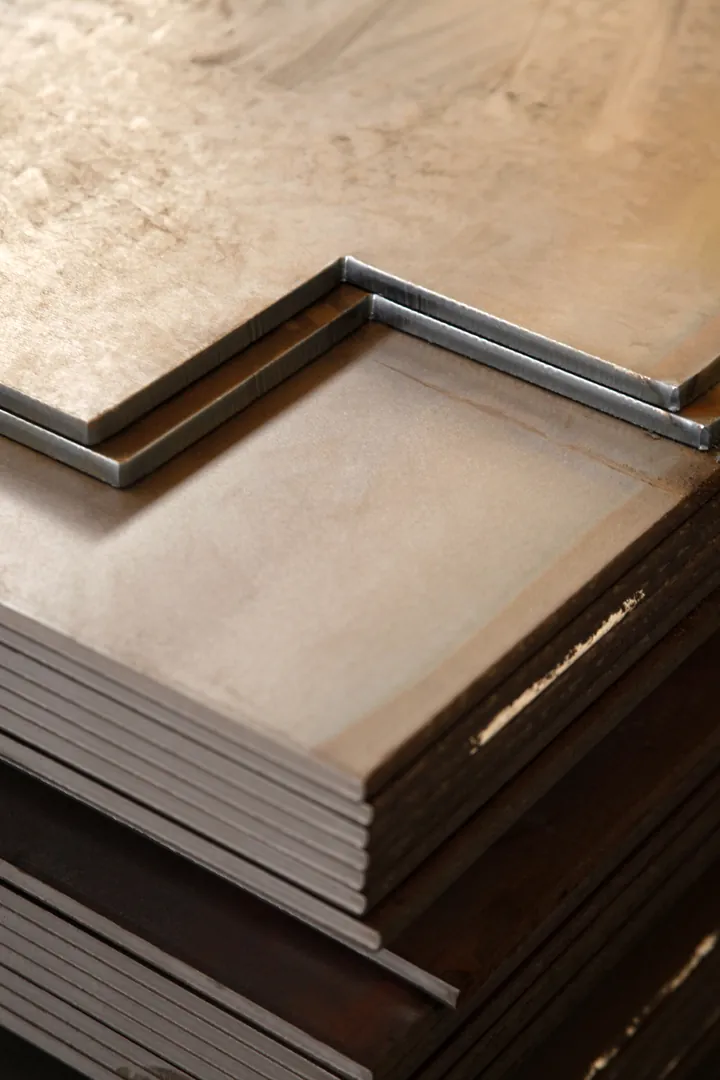
While 316L is incredibly low-maintenance, it is not "no-maintenance." A common misconception can lead to complacency. The reality is that a few simple, proactive steps can extend the life of 316L components almost indefinitely, ensuring they continue to look good and perform perfectly for decades. This is a key part of the sustainability equation; a well-maintained material doesn't need to be replaced, reducing waste and long-term environmental impact. As environmental regulations become stricter, proving the longevity of materials through proper care will become even more important.
The Importance of Regular Cleaning
The primary enemy of stainless steel's passive layer is the buildup of surface deposits, especially salt crystals. While 316L is highly resistant, allowing thick, concentrated salt deposits to sit on the surface for extended periods can eventually compromise the protective layer. A simple, regular rinse with fresh water is often all that's needed to wash these deposits away and allow the passive layer to "breathe" and self-repair with exposure to oxygen.
Avoiding Galvanic Corrosion
When two different metals are in electrical contact in the presence of an electrolyte (like seawater), a galvanic cell is created, and the less noble metal will corrode at an accelerated rate. 316L is quite noble, but if it's bolted directly to a piece of carbon steel, it can cause the carbon steel to corrode rapidly. It's crucial to use insulating gaskets or washers to separate dissimilar metals and prevent this from happening.
Proper Fabrication and Welding
Maintenance starts at fabrication. As mentioned, the low carbon content of 316L is key to preventing corrosion at weld seams. It's also vital to use the correct welding procedures, filler metals (e.g., 316LSi), and to ensure the welded area is properly cleaned after fabrication to remove any heat tint or contaminants that could become sites for corrosion initiation.
| Maintenance Practice | Frequency | Purpose |
|---|---|---|
| Freshwater Rinsing | Regular (monthly/quarterly) | Removes salt and chloride deposits. |
| Visual Inspection | Annual | Check for staining, pits, or damage. |
| Isolate Dissimilar Metals | During Installation | Prevent galvanic corrosion. |
Conclusion
In summary, 316L stainless steel is the definitive choice for marine engineering due to its superior corrosion resistance, robust mechanical properties, and proven long-term value. It directly addresses the harsh, multi-faceted challenges of the marine environment, ensuring project safety, reliability, and economic viability for the future.
Have Questions or Need More Information?
Get in touch with us for personalized assistance and expert advice.

